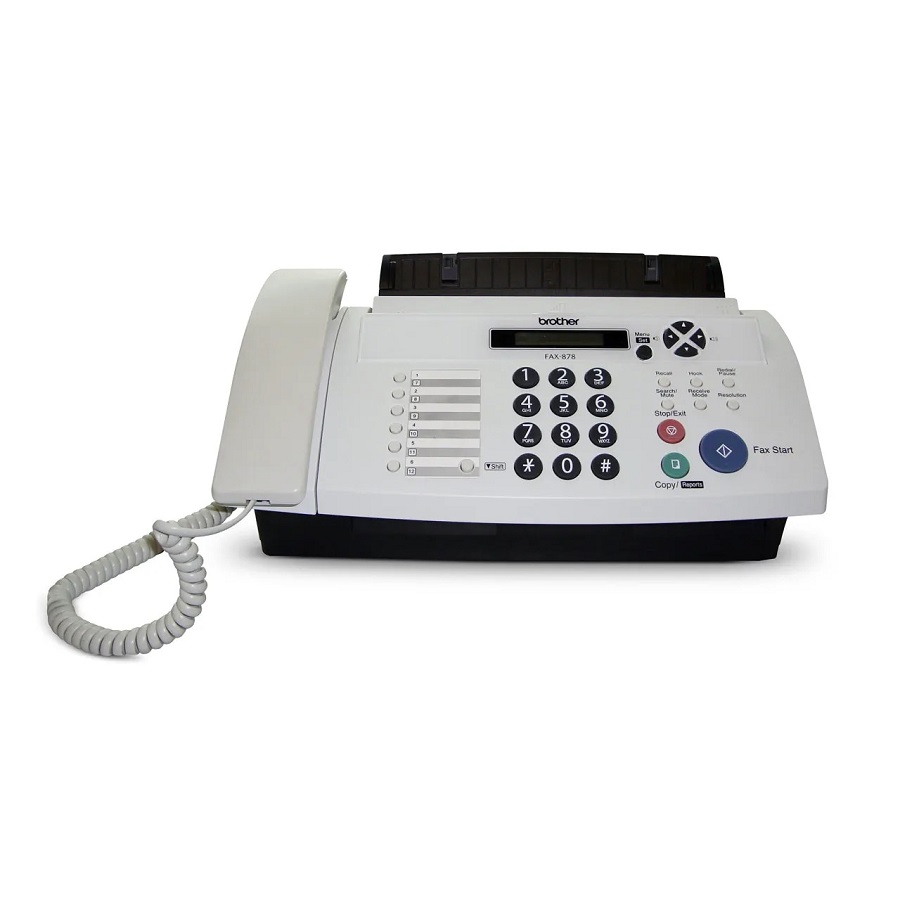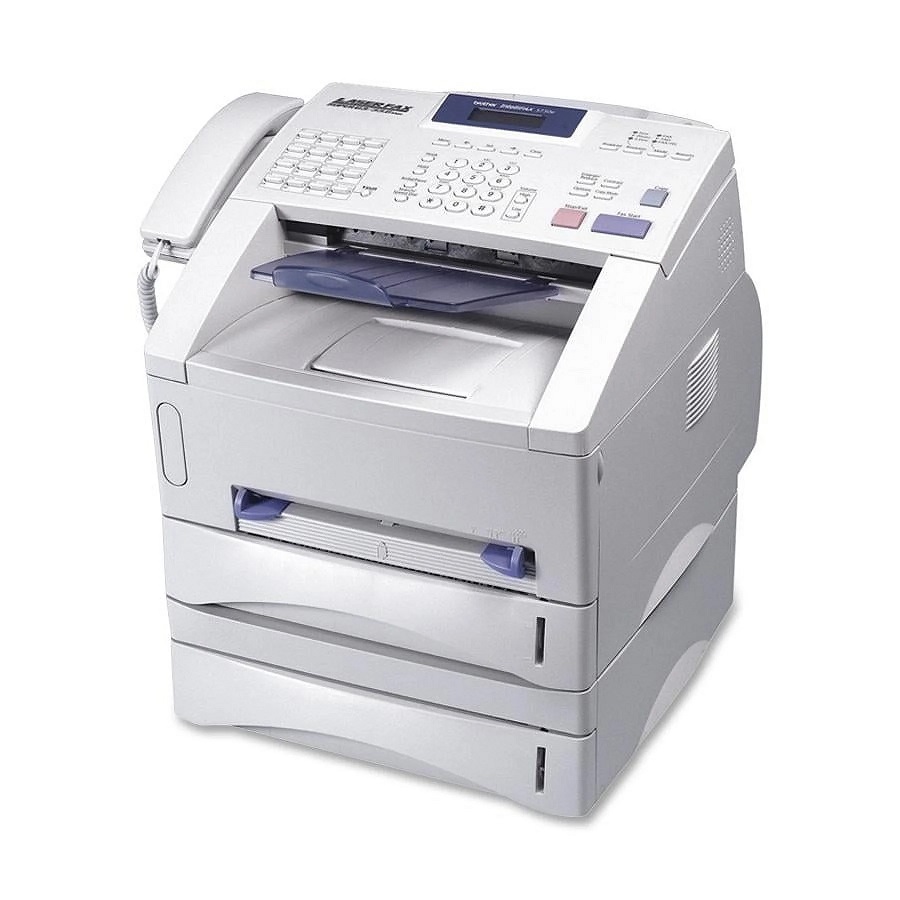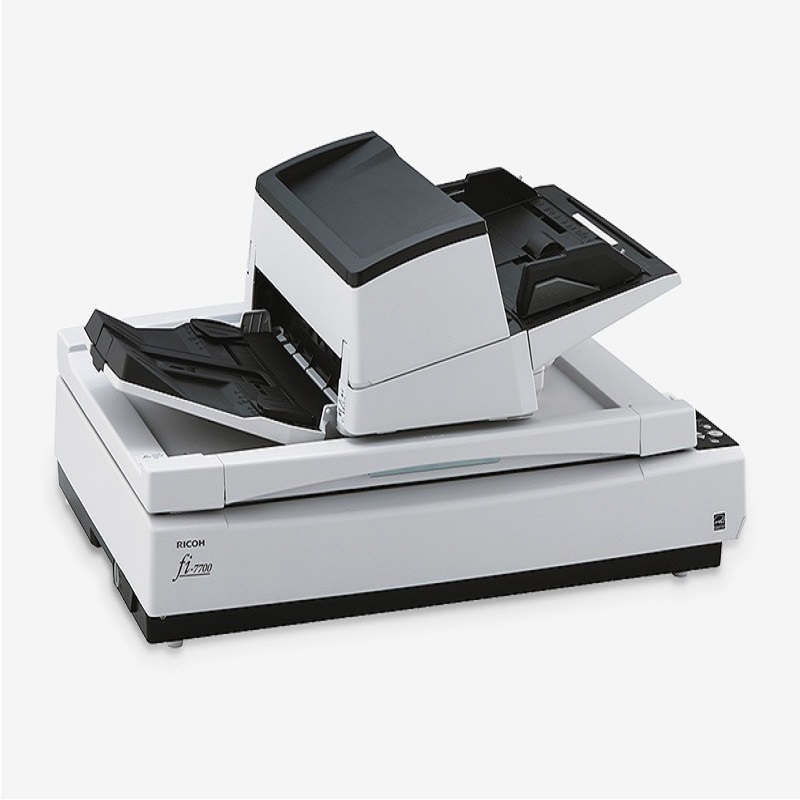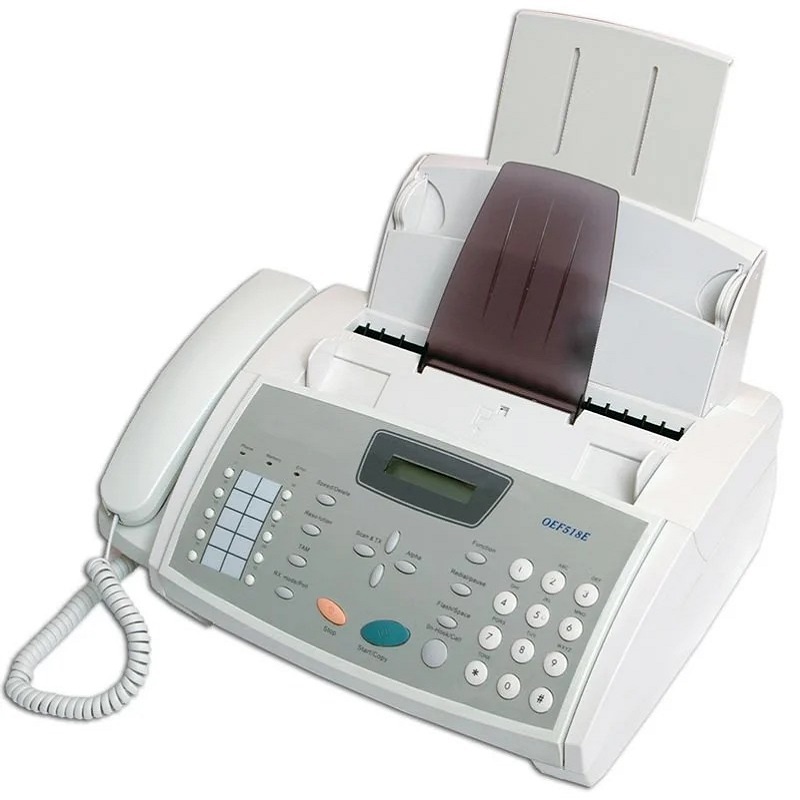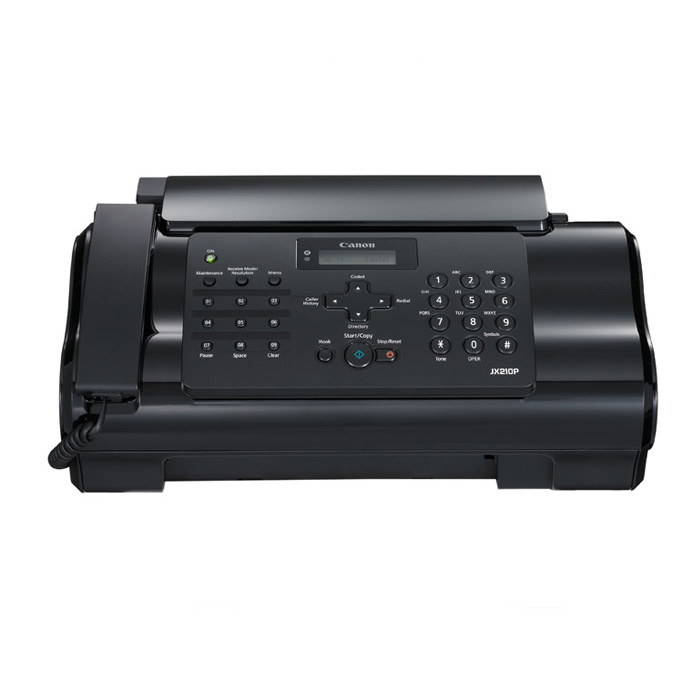How to setup a fax machine? Setting up a fax machine is a straightforward process that involves connecting the device to a telephone line, configuring settings, and testing the functionality to ensure successful transmission and reception of faxes. Whether installing a standalone fax machine or integrating fax capabilities within a multifunction printer, understanding the key steps and considerations of setting up a fax machine is essential for seamless document communication. In this comprehensive guide, we will explore the step-by-step process of setting up a fax machine, covering the necessary procedures, best practices, and troubleshooting techniques to facilitate effective use of the device.
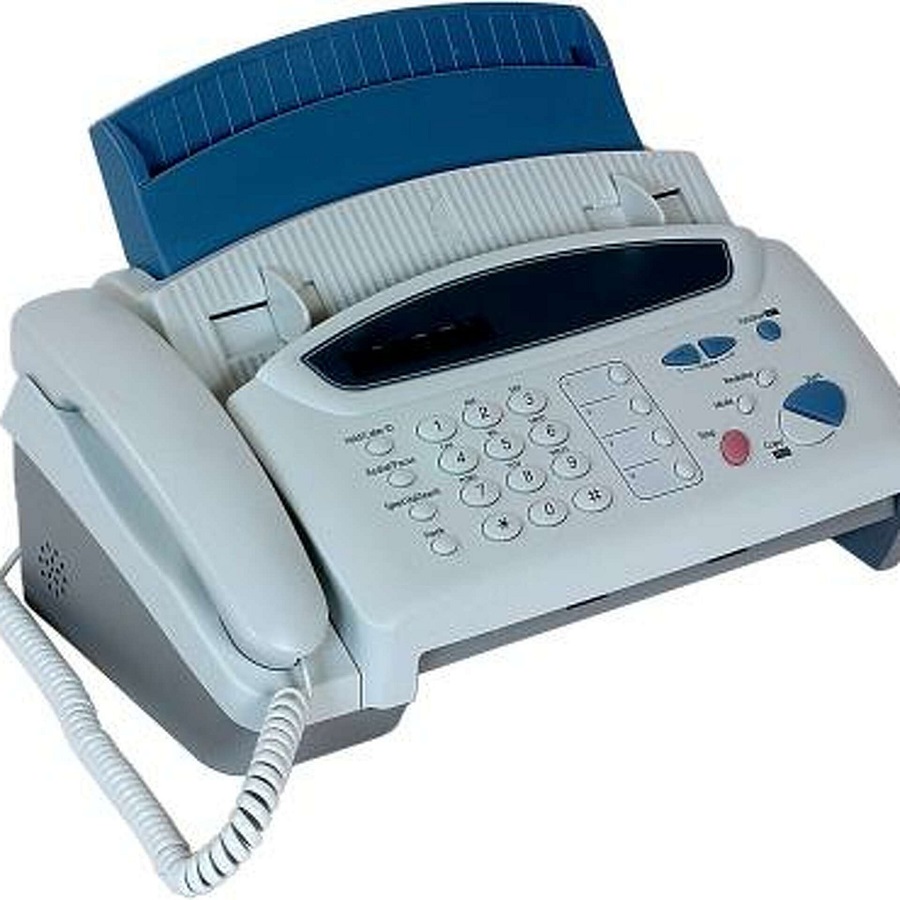
Assembling the Fax Machine
How to setup a fax machine? The initial step in setting up a fax machine involves unpacking the device, assembling any detachable components, and arranging the necessary accessories. This may include attaching the handset, ensuring that the power and telephone cables are readily accessible, and familiarizing oneself with the control panel and user interface of the fax machine.
Connection to Telephone Line
Connect the fax machine to a standard analog telephone line using a telephone cable with RJ-11 connectors. Locate the “Line” or “Tel” port on the fax machine and insert one end of the telephone cable into the port, while the other end is connected to a telephone wall jack. Ensure a secure and proper connection to the telephone line to allow for uninterrupted transmission and reception of faxes.
Power Connection and Setup
How to setup a fax machine? Connect the power cord of the fax machine to a power outlet, ensuring that the power source is stable and consistent. Once powered on, the fax machine will initiate a start-up sequence and prompt the user to configure initial settings such as date, time, and language preferences. Follow the on-screen or manual instructions to complete the initial configuration and prepare the fax machine for operation.
Configuring Basic Settings
Access the settings menu or control panel of the fax machine to configure basic settings such as date and time, station name, and necessary regional or language preferences. Many modern fax machines offer intuitive interfaces and menu systems that guide users through the initial setup process, making it easy to input essential information and finalize the configuration.
Installing Consumables
If the fax machine utilizes consumable components such as ink cartridges, toner cartridges, or thermal paper, install the necessary consumables as per the manufacturer’s instructions. Ensure that consumables are properly installed and functionally operational to ensure consistent and reliable performance of the fax machine.
Testing the Fax Line
Before sending or receiving faxes, it is advisable to test the fax line to verify connectivity and functionality. Utilize the built-in fax diagnostic tools or send a test fax to a dedicated fax line testing service to confirm that the fax machine is receiving and transmitting signals as intended.
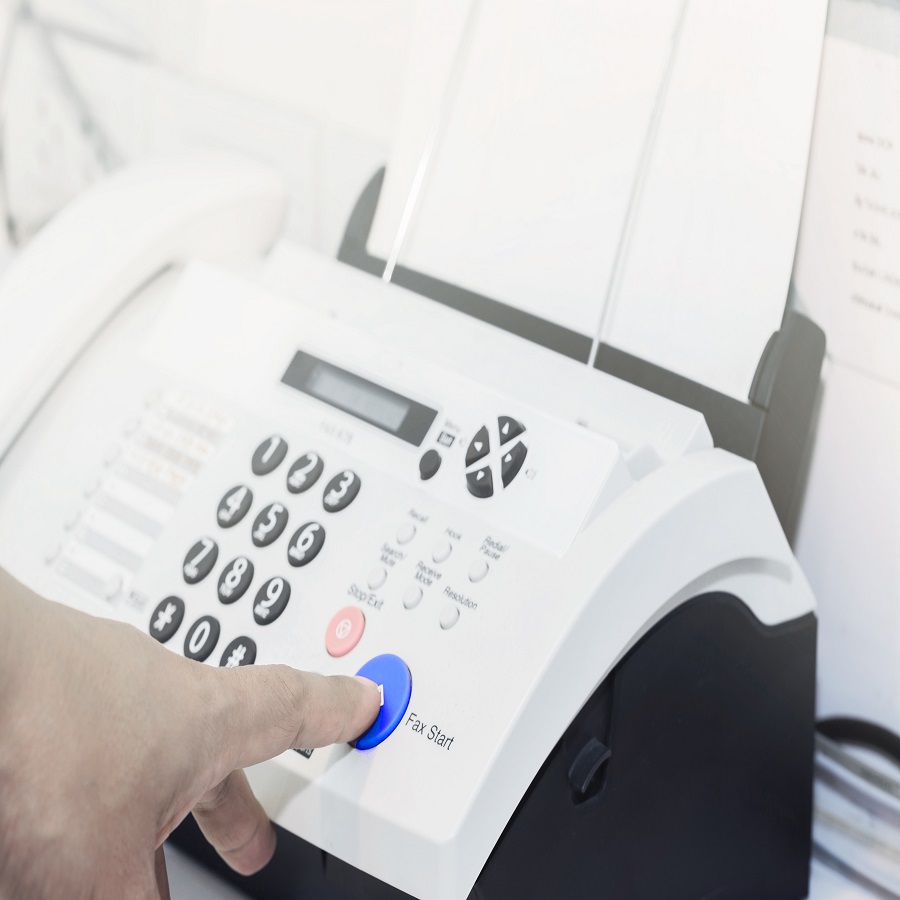
Adjusting Sending and Receiving Settings
Access the fax machine’s settings menu to adjust sending and receiving settings, including options for transmission speed, resolution settings, dialing methods, and confirmation reports. These settings can be customized to suit individual preferences and requirements, allowing users to tailor the fax machine’s behavior and performance according to their specific needs.
Testing and Troubleshooting
After completing the setup and configuration of the fax machine, conduct additional tests to ensure proper functionality and address any potential issues. Confirm the ability to send and receive faxes, test the print quality of received faxes, and review error logs or diagnostic information to troubleshoot any encountered problems.
Integration with Document Management Systems
For organizations seeking to integrate fax machines with document management systems, consider options for connecting the fax machine to computer networks, enabling digital faxing capabilities, or interfacing with third-party software for document archival and processing. This integration allows for seamless document communication and management, facilitating efficient and streamlined workflows.
Maintenance and Ongoing Support
Establish a schedule for routine maintenance and ongoing support to ensure the optimal performance and longevity of the fax machine. This may include periodic cleaning, consumables replacement, firmware updates, and addressing any technical issues or malfunctions that may arise during operation.
What occasions are fax machines suitable for?
Fax machines, though rooted in traditional communication methods, continue to play a valuable role in facilitating document transmission and communication in a variety of settings. While digital communication methods have become prevalent, fax machines offer unique advantages and remain suitable for certain scenarios.
Professional Environments
In professional environments such as businesses, law firms, healthcare facilities, and government offices, fax machines are commonly utilized for sending and receiving important documents, contracts, legal paperwork, medical records, and official correspondence. The secure and traceable nature of fax communication, along with its role in facilitating the transmission of legally binding documents, renders it a preferred communication method in various professional settings where security, compliance, and formal documentation are paramount.
Legal and Financial Institutions
In the legal and financial sectors, fax machines play a critical role in facilitating the secure transmission of sensitive and confidential documents, including contracts, financial statements, legal briefs, and loan applications. Given the regulatory and security requirements in these sectors, fax machines provide a trusted and traceable method for transmitting official documents, ensuring privacy, compliance, and legal validity.
Healthcare and Medical Facilities
The healthcare industry relies significantly on fax machines for the secure exchange of patient records, medical prescriptions, laboratory results, and insurance documentation. Fax communication remains a cornerstone of medical information exchange, providing a secure and reliable means of sharing sensitive patient data while adhering to privacy regulations and security protocols. Furthermore, the accessibility and familiarity of fax machines make them practical for medical professionals who may not have extensive experience with digital document workflows.
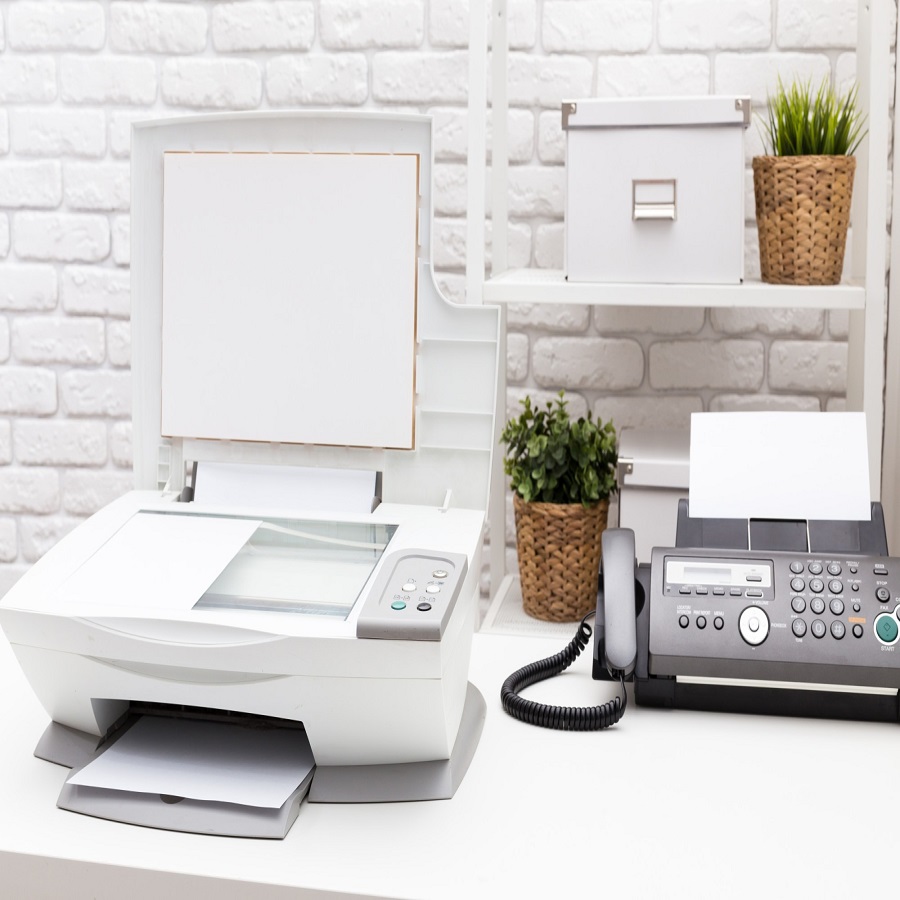
Government and Public Services
Government agencies, public services, and organizations such as courthouses, local authorities, and public health departments utilize fax machines for transmitting official documents, legal notices, permit applications, and public records. The secure and verifiable nature of fax communication is often preferred for official government correspondence and administrative communications, ensuring compliance with regulatory requirements and legal standards.
Small Businesses and Startups
In the realm of small businesses and startups, fax machines continue to be a practical and accessible method for handling essential communication and documentation tasks. From sending invoices and purchase orders to signing contracts and processing financial documents, fax machines provide a straightforward and efficient means of conducting business communications, particularly for enterprises without extensive IT infrastructure or digital workflow capabilities.
Remote and Rural Locations
In areas where digital connectivity may be limited or unreliable, fax machines serve as a dependable communication tool, especially for remote and rural regions. Fax communication enables individuals and organizations in these areas to exchange documents, official correspondence, and legal paperwork with a level of reliability and security that may be difficult to achieve through digital means, particularly when internet access is sparse.
Secure Document Transmission
The secure and tangible nature of fax transmission makes it an invaluable tool for organizations and individuals seeking to distribute documents securely and in a traceable manner. With features such as delivery confirmations and transmission logs, fax machines provide an inherent level of security and validation that is highly beneficial for sensitive or confidential communications.
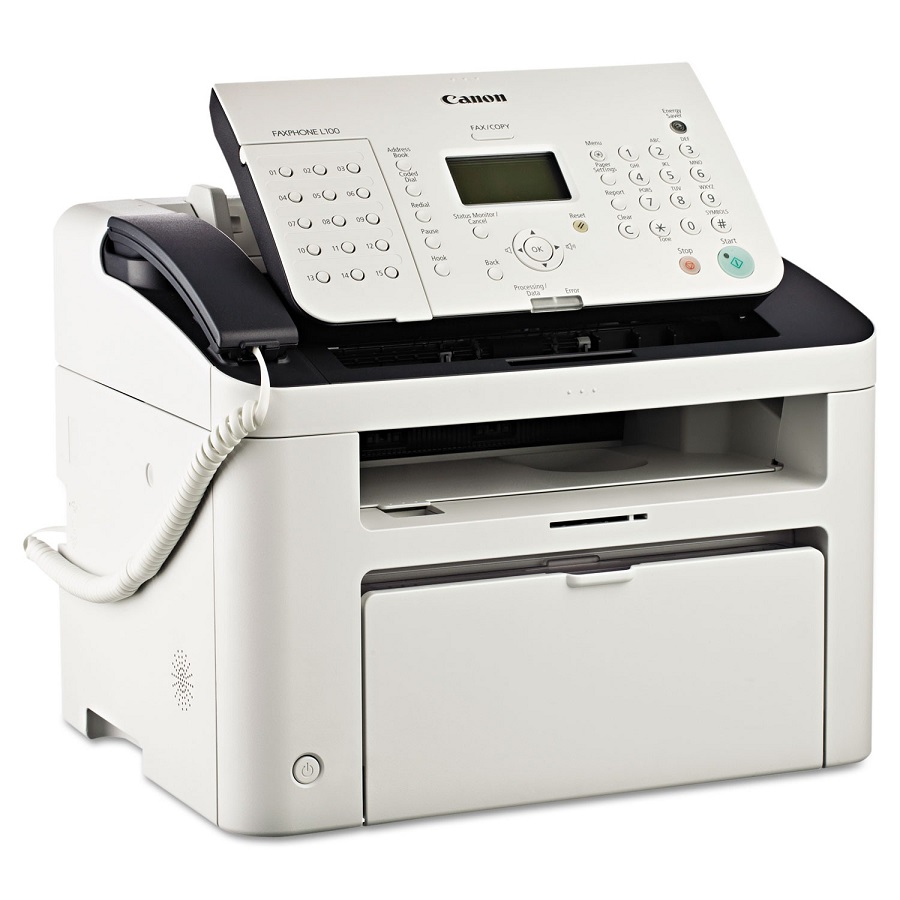
Conclusion
Setting up a fax machine involves a series of straightforward tasks, including connecting to a telephone line, configuring settings, and testing functionality to ensure successful transmission and reception of faxes. By following the step-by-step process outlined in this comprehensive guide, individuals can effectively set up a fax machine and integrate it into their document communication workflows. Whether for personal or professional use, understanding the key considerations and best practices of setting up a fax machine is essential for harnessing the efficiency and convenience of fax communication.





